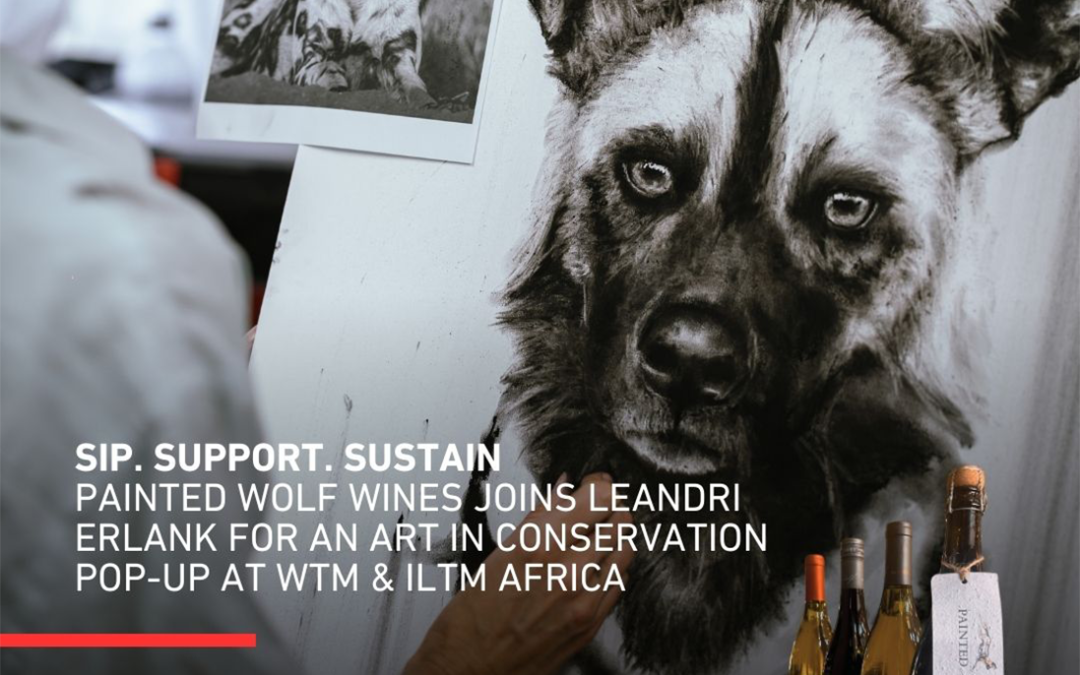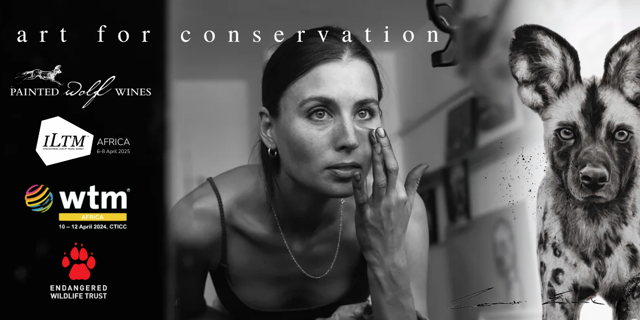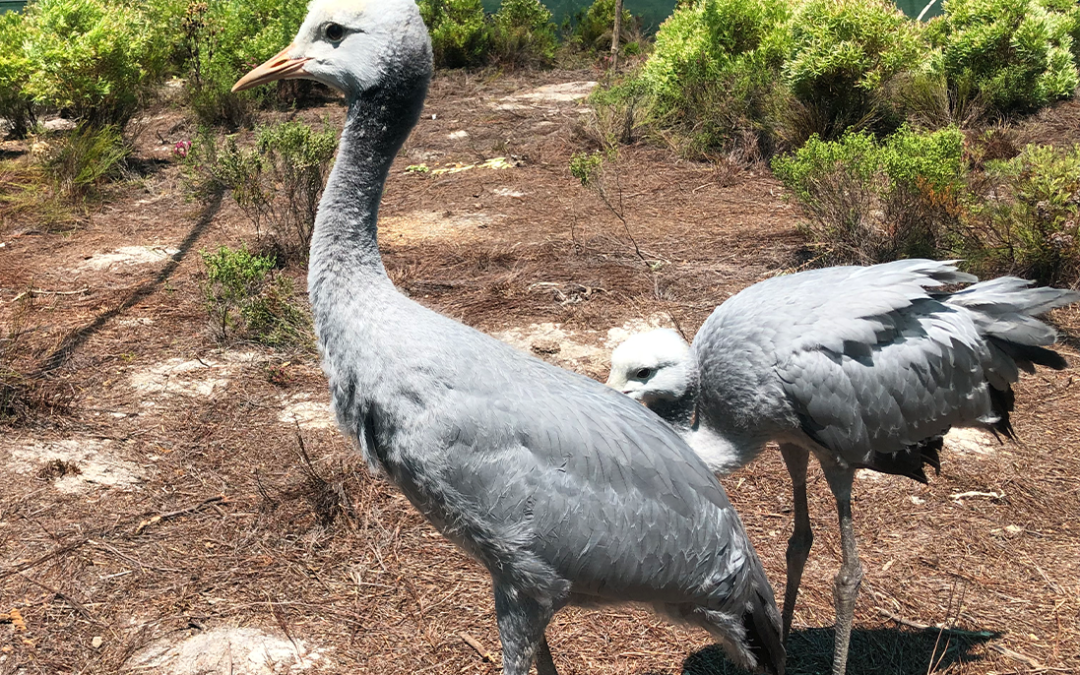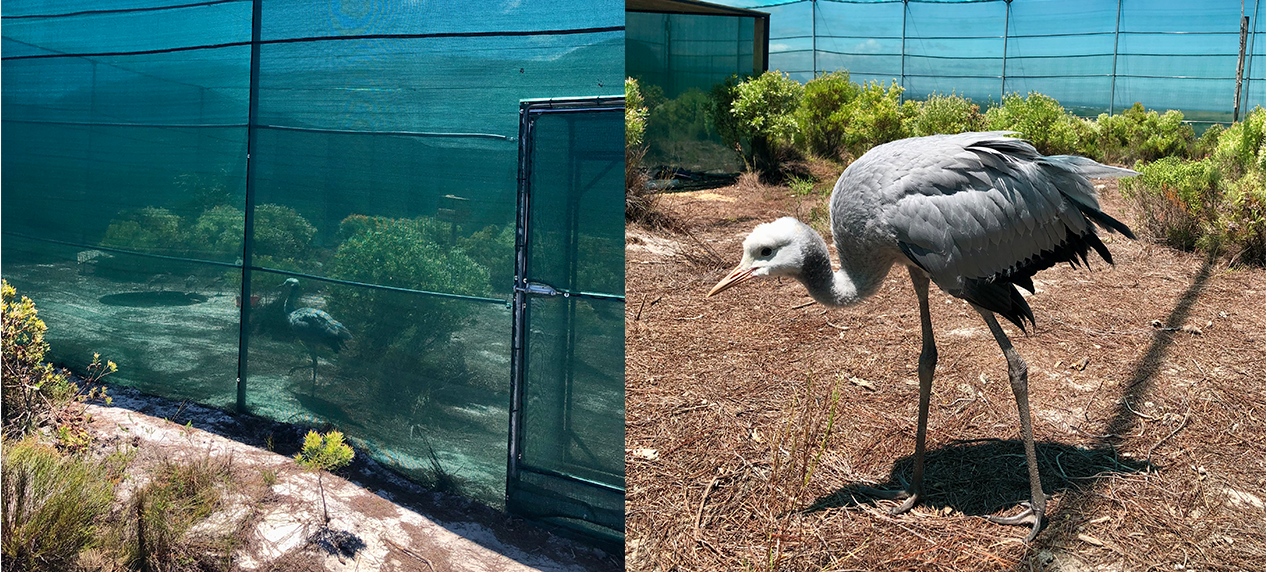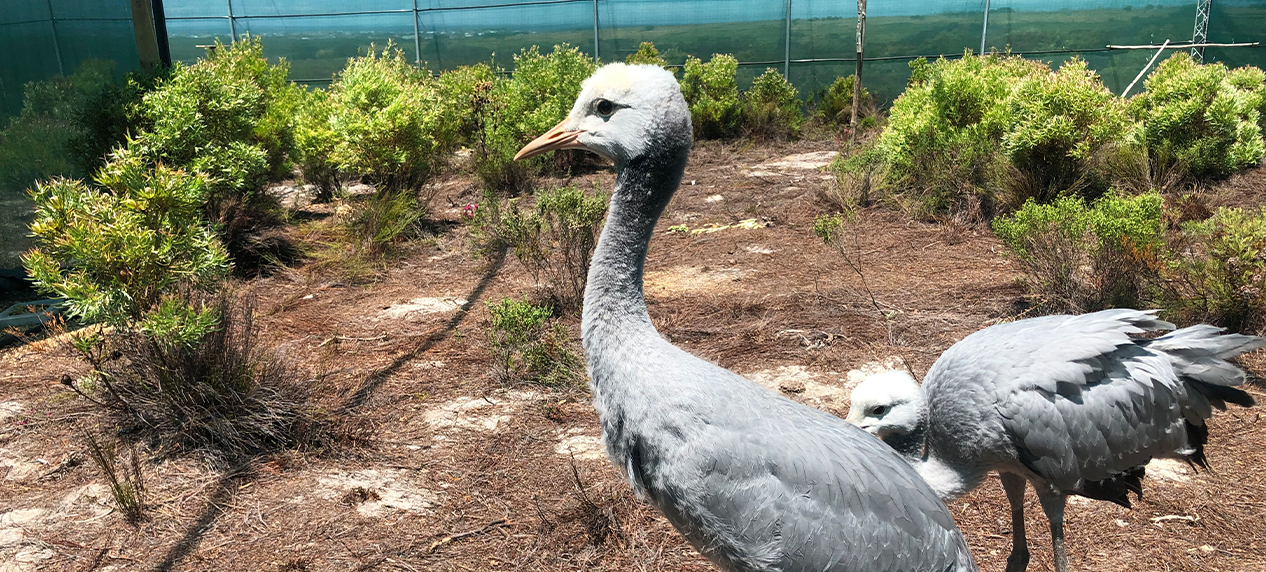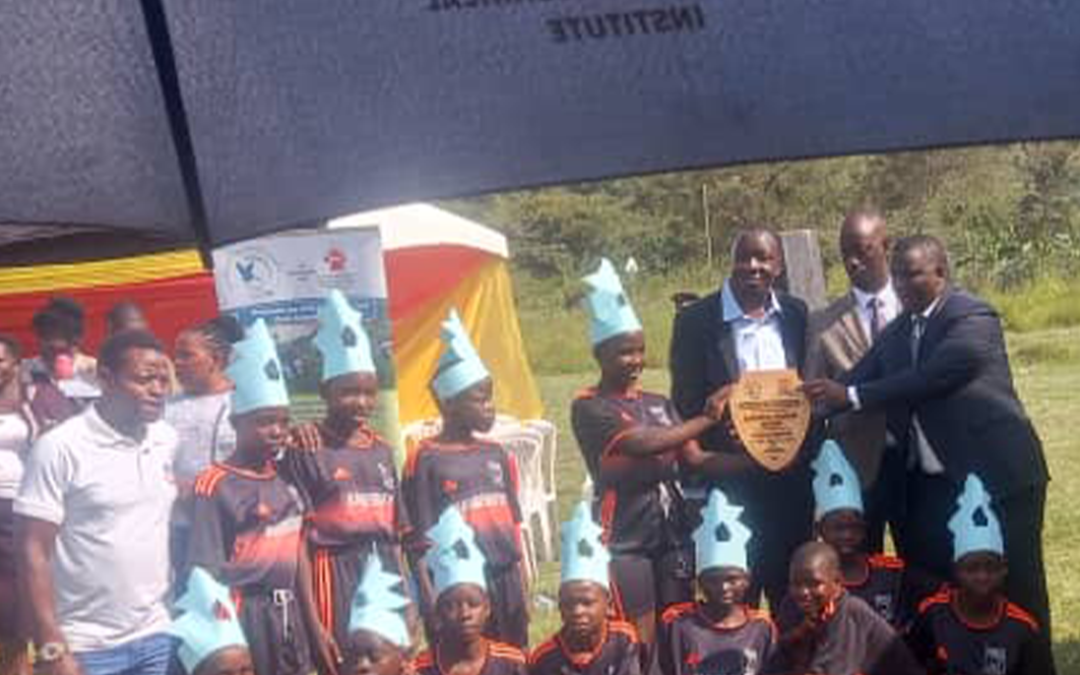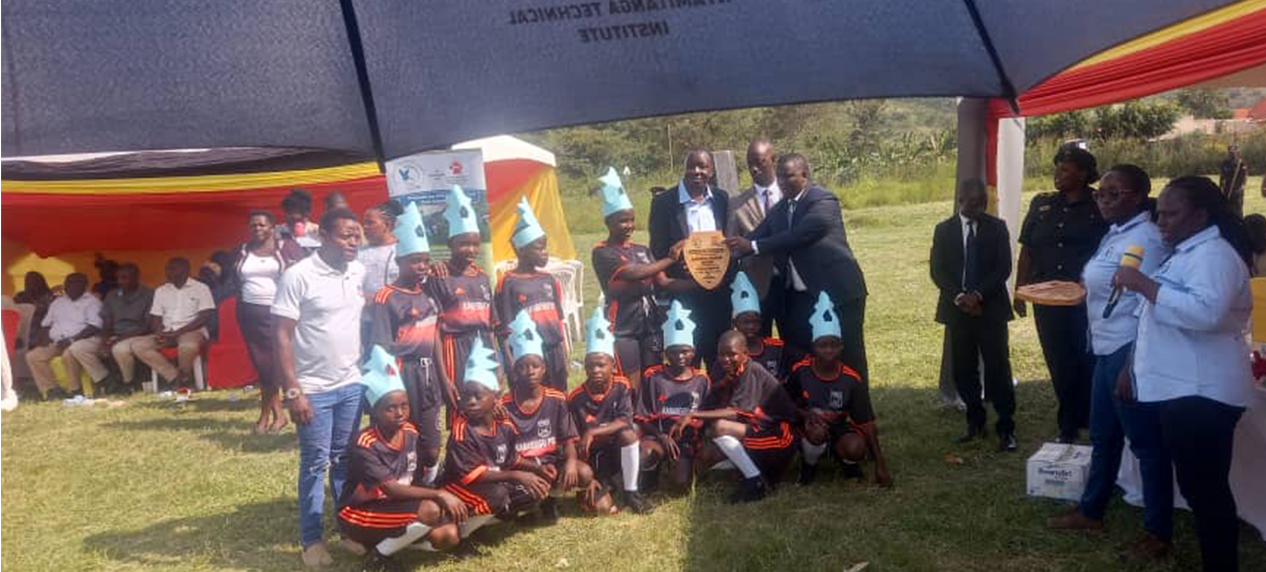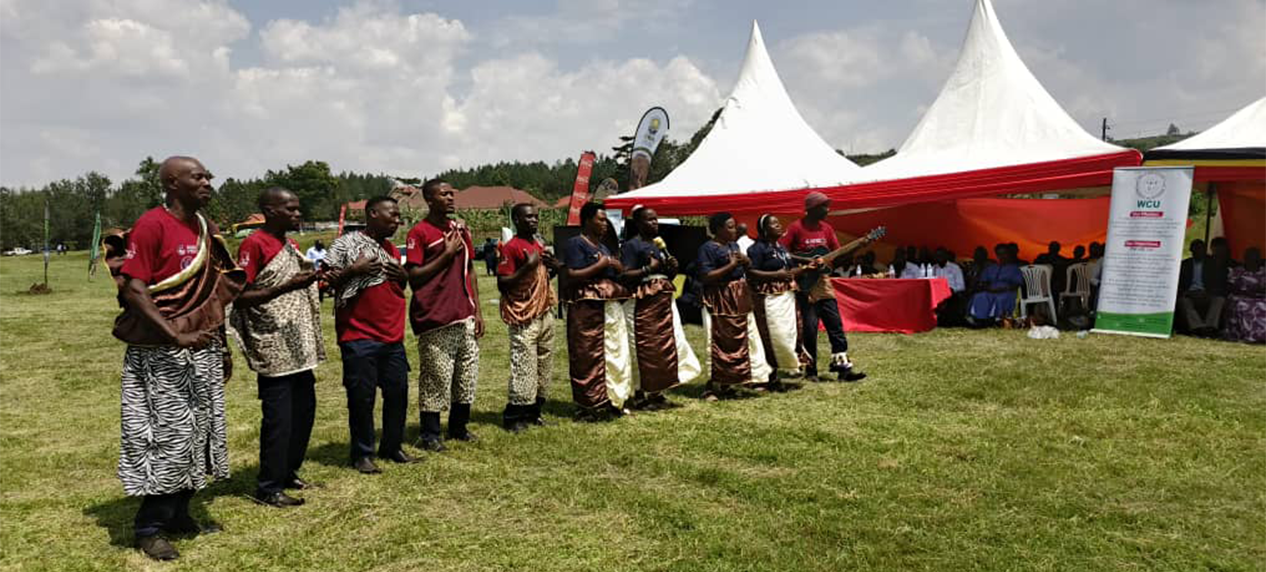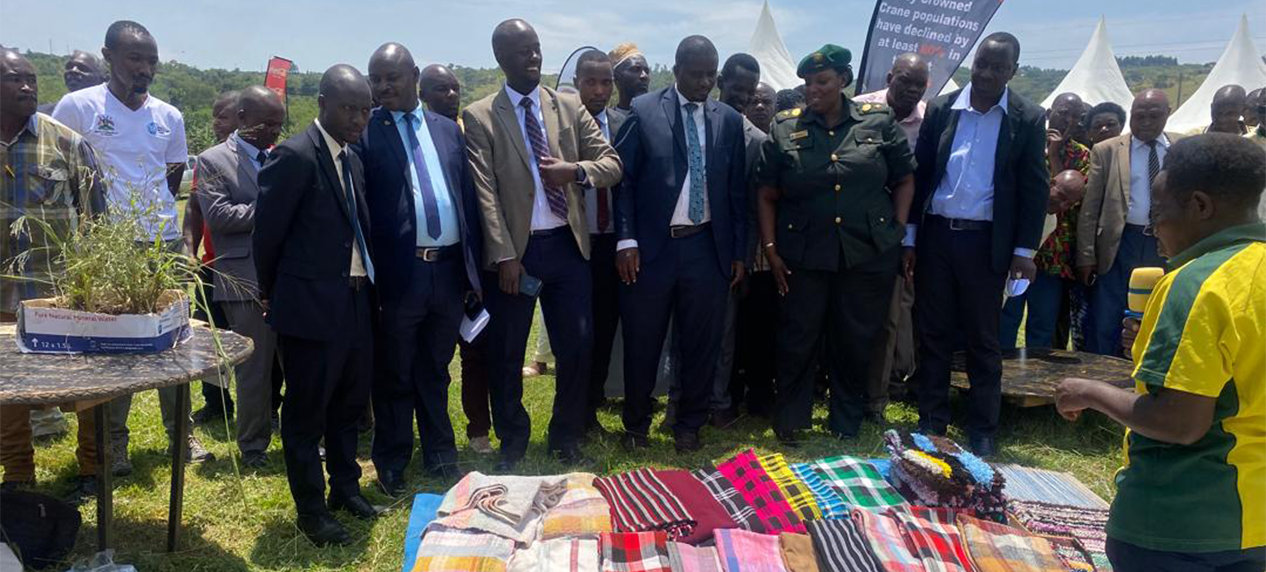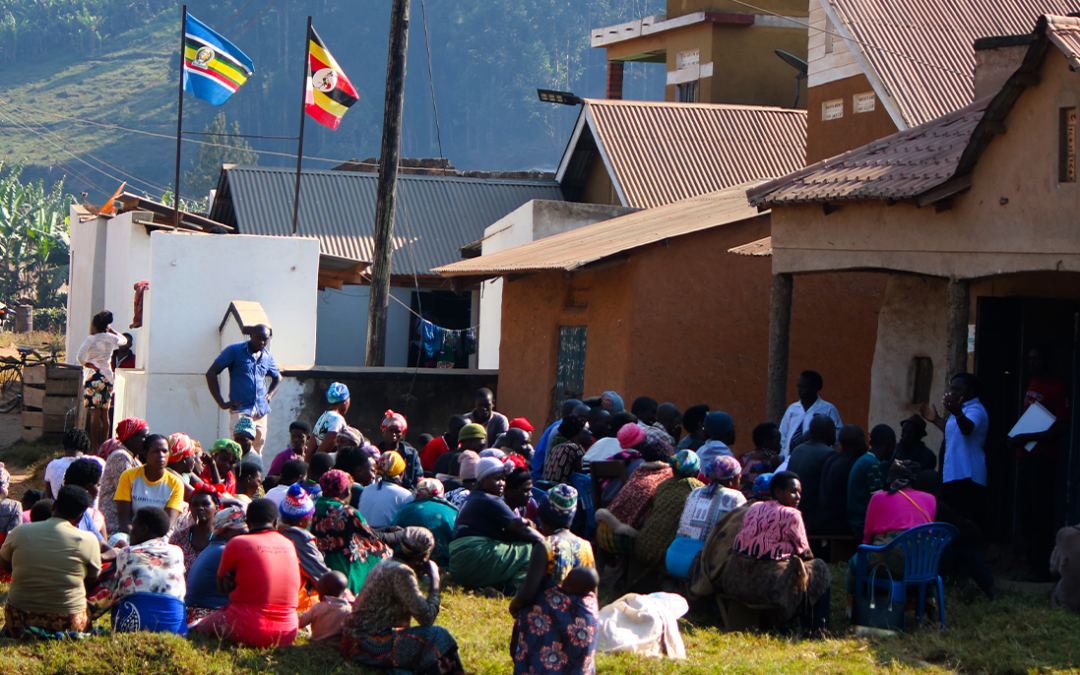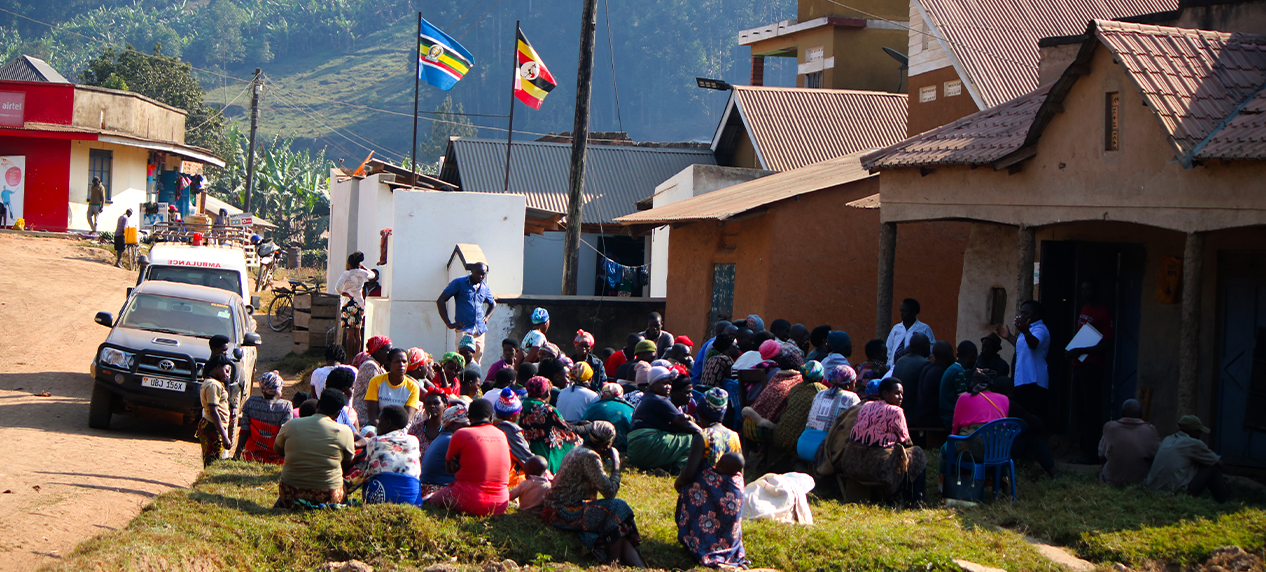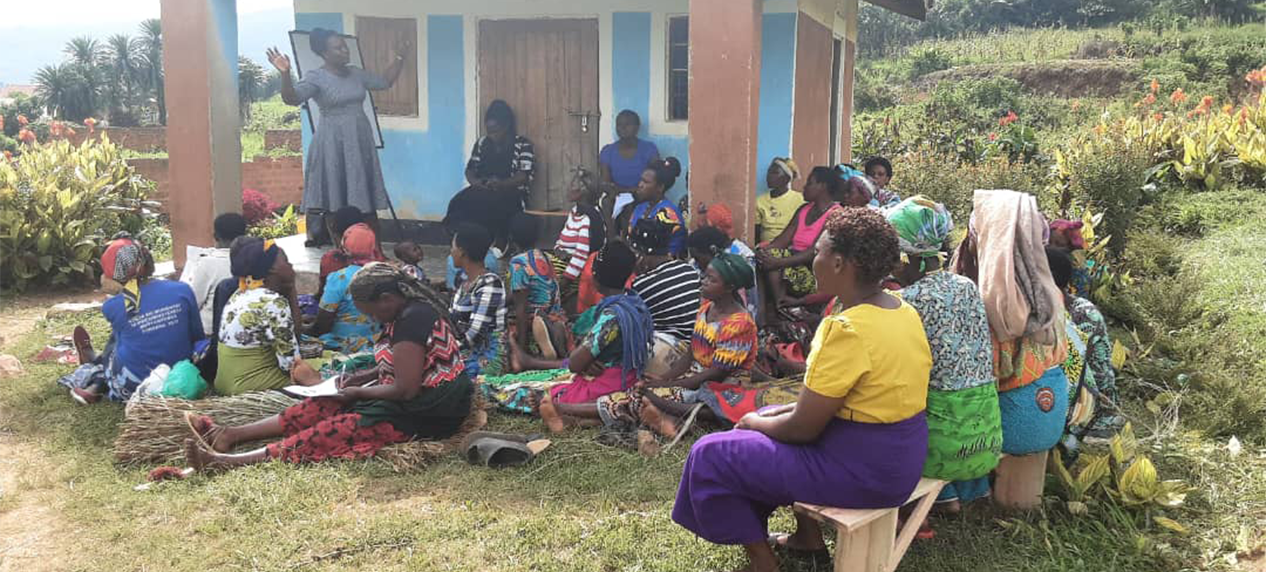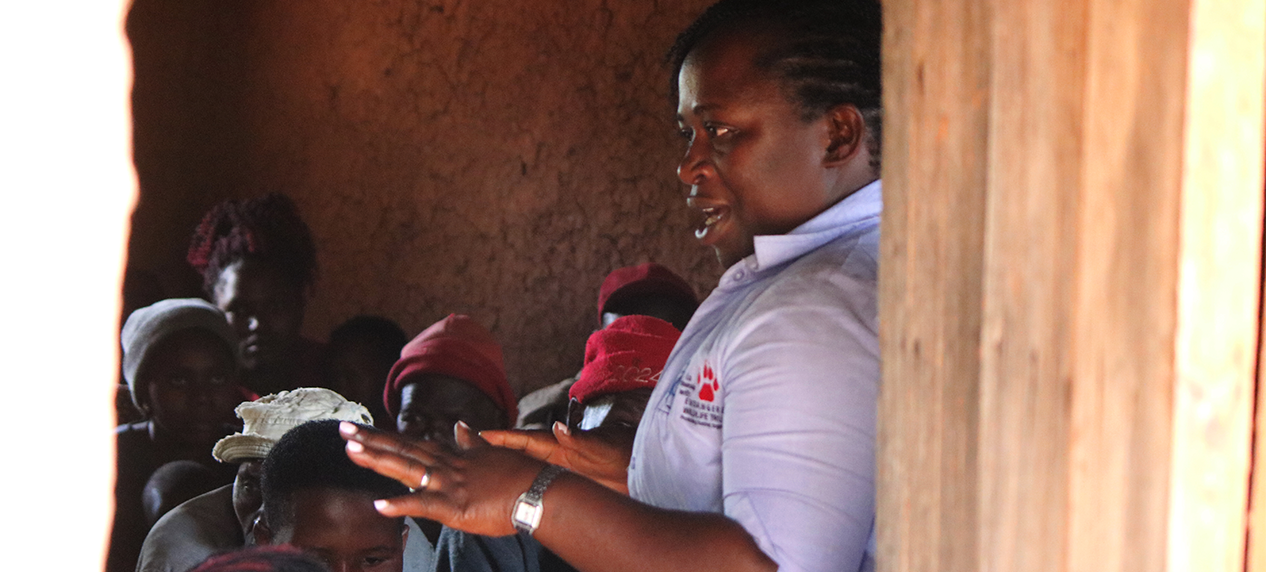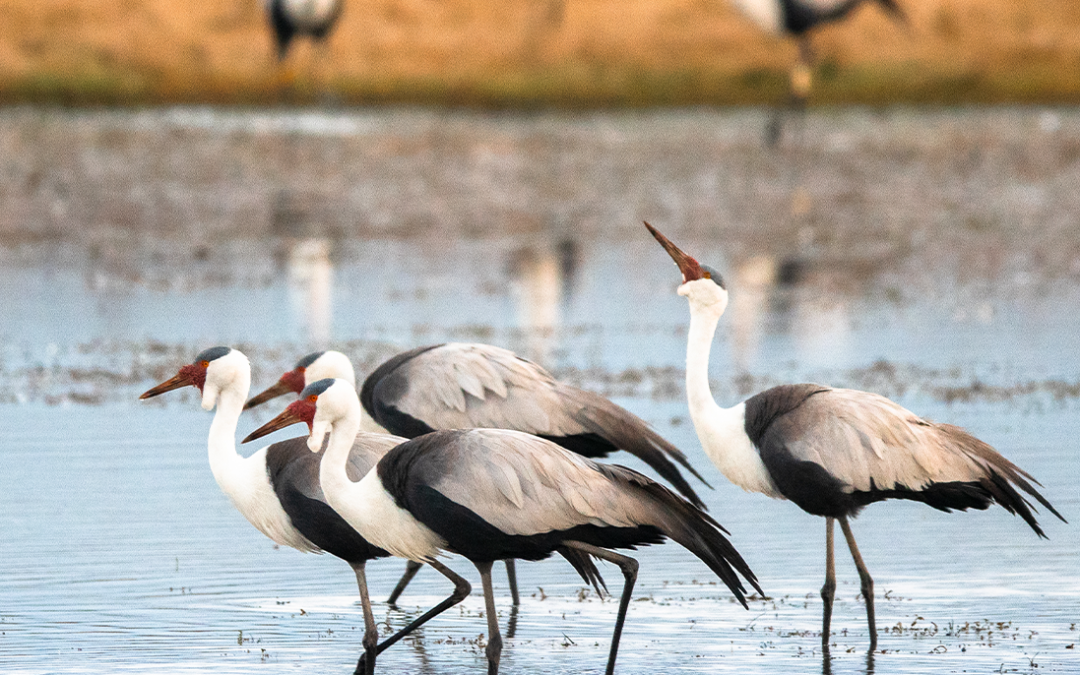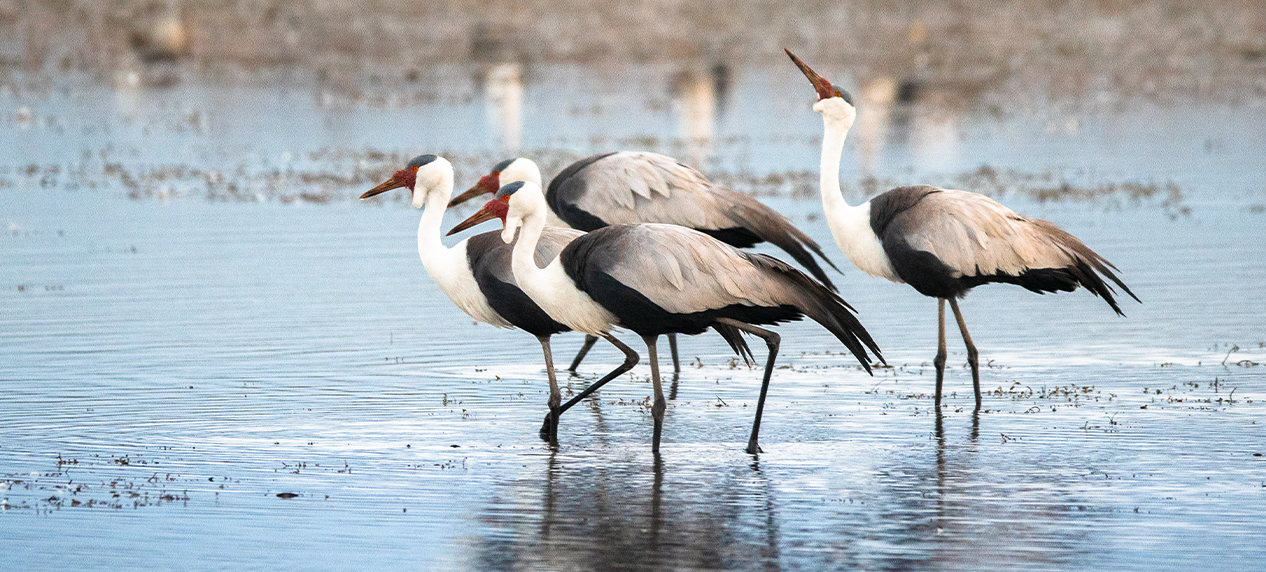Concerted and targeted conservation efforts by the Endangered Wildlife Trust/International Crane Foundation partnership, Ezemvelo KwaZulu-Natal Wildlife (EKZNW), other NGOs and farmers and landowners across the Drakensberg, have delivered another success—the downlisting of the Wattled Crane from Critically Endangered to Endangered.
The regional downlisting is a remarkable conservation success and will be published in the latest edition of the IUCN Red List of Threatened Species at the end of May 2025. Wattled Cranes (Bugeranus carunculatus) were listed as regionally Critically Endangered in 2015 with only 267 individuals recorded in the KwaZulu-Natal aerial survey of that year. This aerial survey has been conducted for 32 years in partnership with Eskom and EKZNW as KwaZulu-Natal is the stronghold for the species in South Africa.
A regional downlisting means that in South Africa, the Wattled Crane is no longer declining, but the population remains small and vulnerable to threats with an estimate population of only 304 being counted in 2024. Despite this positive trend in KwaZulu-Natal, the global population (including, but not limited to South Africa) remains on the decline and urgent conservation attention is required to safeguard populations outside of KwaZulu-Natal.
The latest downlisting follows the reclassification of Cape Vulture from Endangered to Vulnerable in 2021, also due to the success of targeted conservation efforts by a large number of organisations, including the Endangered Wildlife Trust and partners.
The EWT began research and conservation action to Africa’s crane species in 1994. Efforts to-date have included monitoring, research to better understand their movement and ecological needs, power line investigations and mitigation in partnership with Eskom, supporting farmers and landowners to protect their breeding sites, conservation of key areas through the promotion of sustainable management practices, extensive education with landowners and rural communities, as well as understanding the crane trade and inclusion of key crane areas into the Biodiversity Stewardship Programme.
More recently, with improved technologies such as transmitters that can be placed on the Wattled Cranes, we are deepening our understanding of the nonbreeding species that do not hold territories, to understand their movement patterns and how they use the landscape differently to breeding birds. In addition, we are using drone mapping to enhancing our grasp of the hydrogeomorphology characterisations of wetlands used by Wattled Cranes. This information will be vital to the rehabilitation of wetlands to expand the habitat utilised by these unique birds, which will enable the species to expand outside its current range.
Our work in Mpumalanga will also reveal critical information on the potential connectivity between populations in the different provinces. Work will continue with farmers to maintain the conservation of the species in its core range and thus protect the landscape through Biodiversity Stewardship Schemes. This will be supported by long-term funding through carbon trading in the grasslands where they live.
The EWT would like to thank its funders and donors, especially the Dohmen Family Fund, Rand Merchant Bank and Eskom that have been significant contributors over the last 30 years.
“The downlisting reflects the effort that has been placed on the species over the last 30 years, and highlights the importance of collaborating when protecting a species, and their grasslands and wetlands habitats that we all depend on, said Dr Damian Walters, the South African Regional Manager for the African Crane Conservation Programme.
